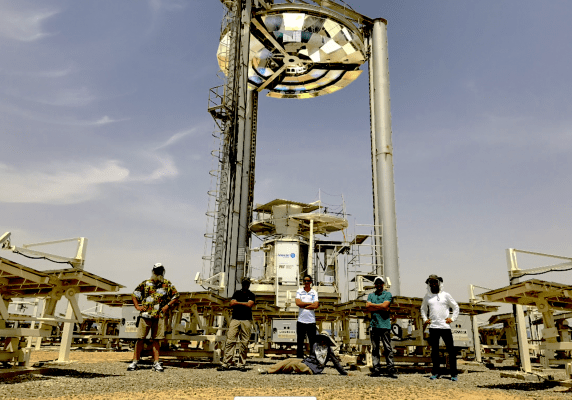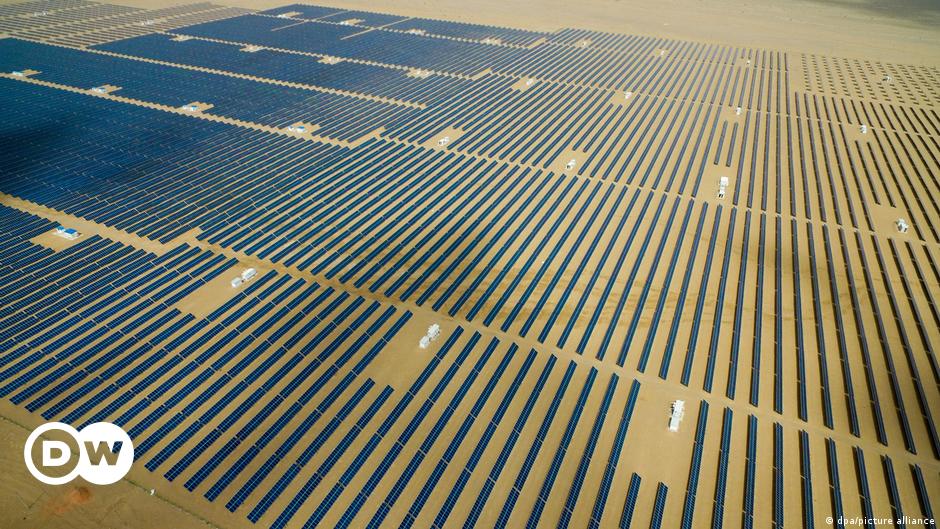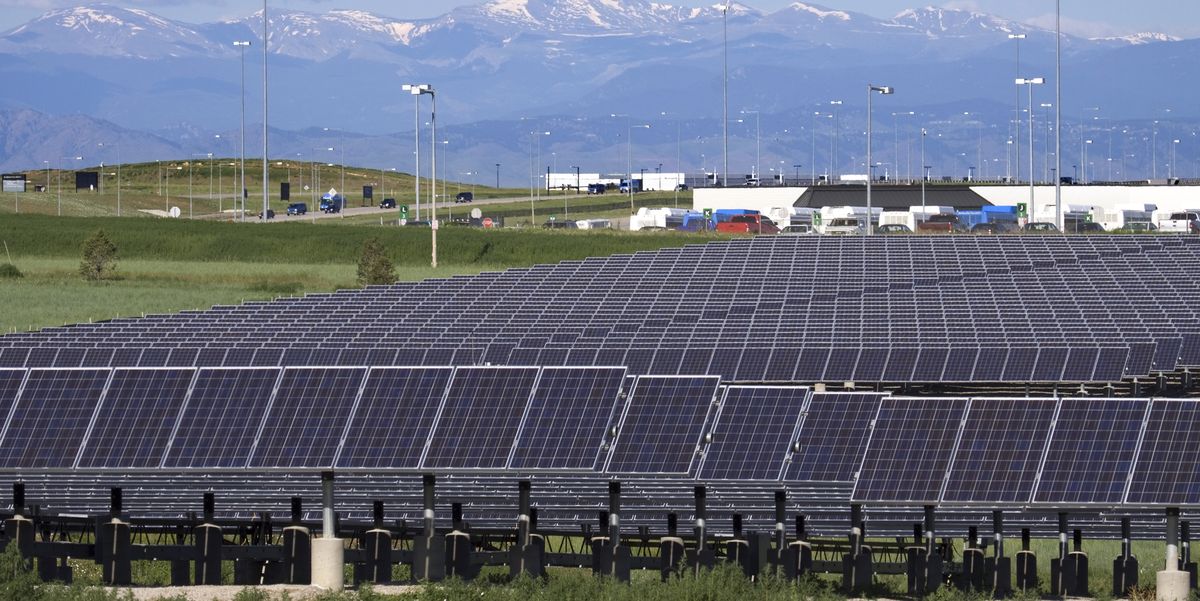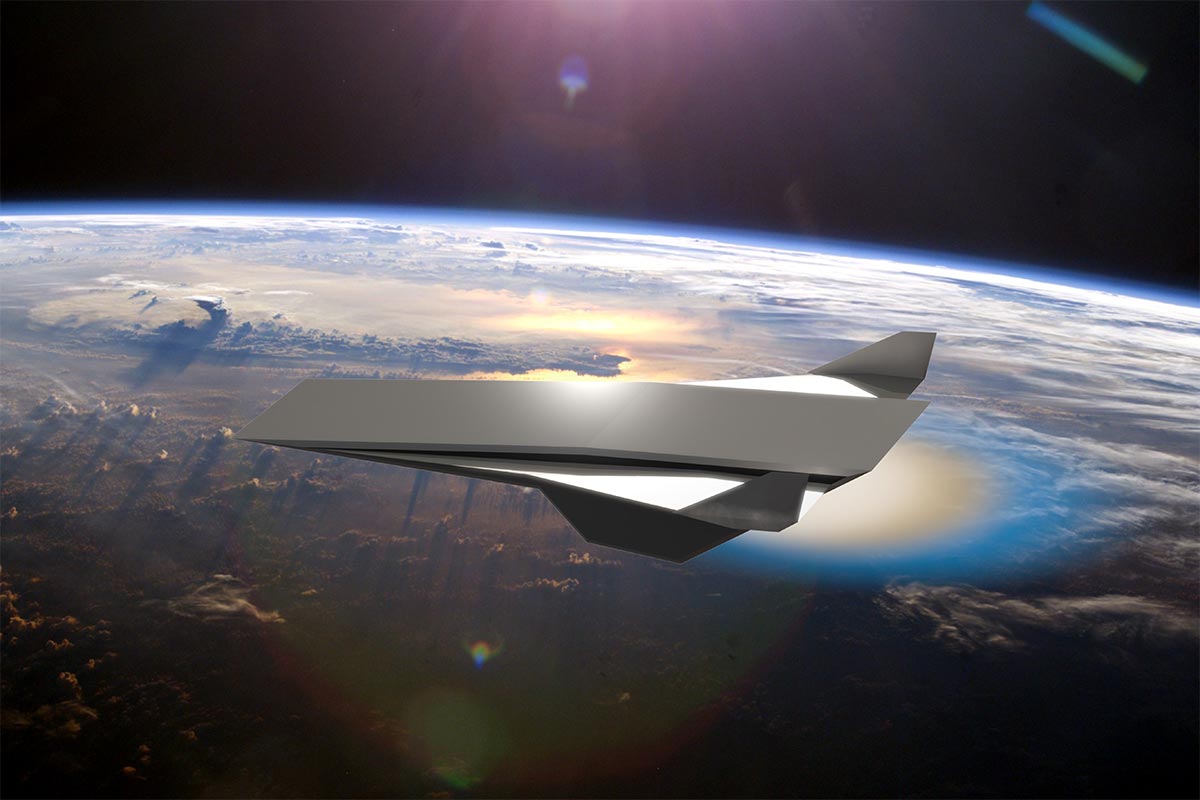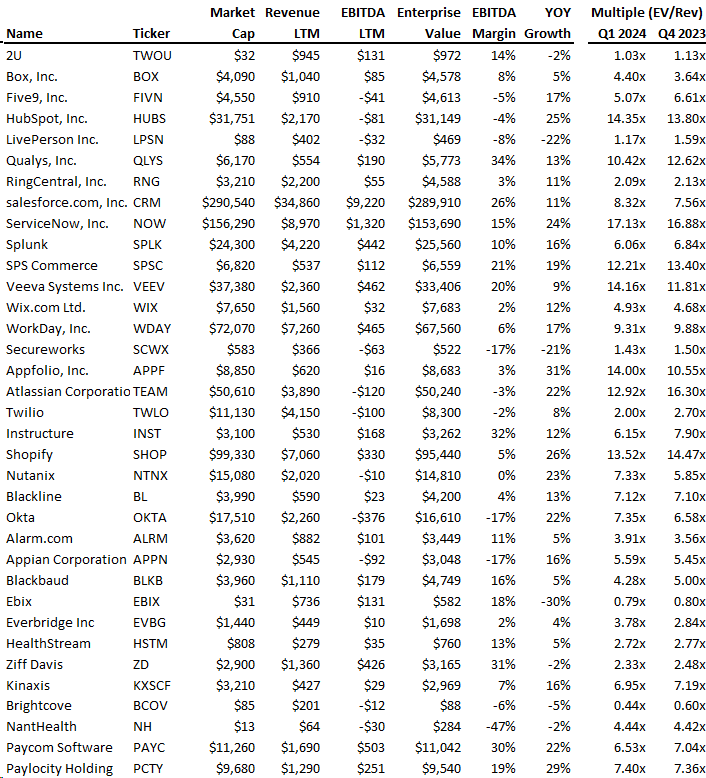
Solar Futures Study | Department of Energy
The Solar Futures Study explores solar energy’s role in transitioning to a carbon-free electric grid. Produced by the U.S. Department of Energy Solar Energy Technologies Office (SETO) and the National Renewable Energy Laboratory (NREL) and released on September 8, 2021, the study finds that with aggressive cost reductions, supportive policies, and large-scale electrification, solar could account for as much as 40% of the nation’s electricity supply by 2035 and 45% by 2050.
To reach these levels, solar deployment will need to grow by an average of 30 gigawatts alternating current (GWac) each year between now and 2025 and ramp up to 60 GW per year between 2025 and 2030—four times its current deployment rate—to total 1,000 GWac of solar deployed by 2035. By 2050, solar capacity would need to reach 1,600 GWac to achieve a zero-carbon grid with enhanced electrification of end uses (such as motor vehicles and building space and water heating). Preliminary modeling shows that decarbonizing the entire U.S. energy system could result in as much as 3,200 GWac of solar due to increased electrification of buildings, transportation, and industrial energy and production of clean fuels.
The Solar Futures Study is the third in a series of vision studies from SETO and NREL, preceded by the SunShot Vision Study (2012) and On the Path to SunShot (2016). While the previous studies focused on the impacts of low-cost solar technologies on the economy, this study dives into solar energy’s role in a decarbonized grid and provides analysis of future solar technologies, the solar workforce, and how solar energy might interact with other technologies like storage.
